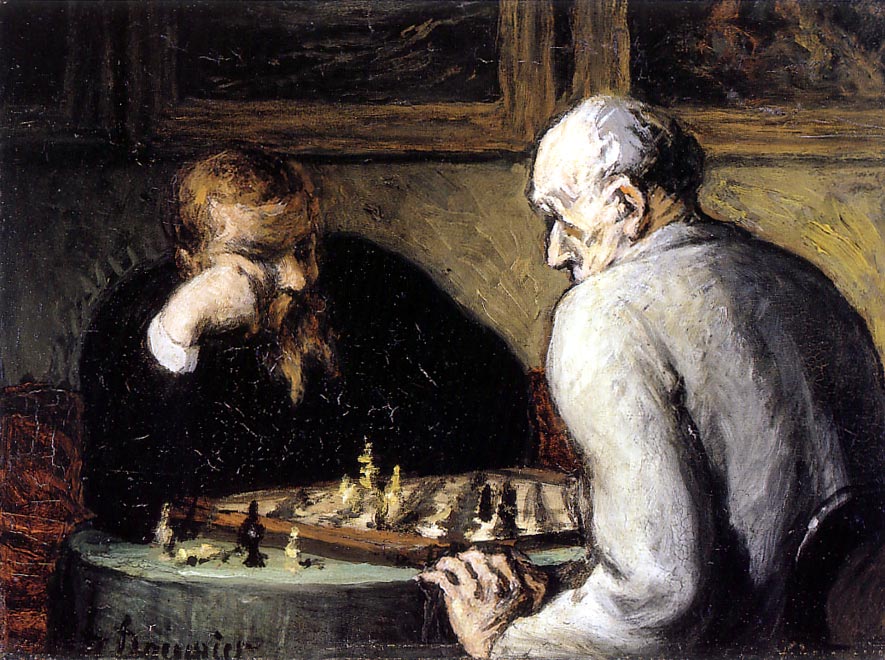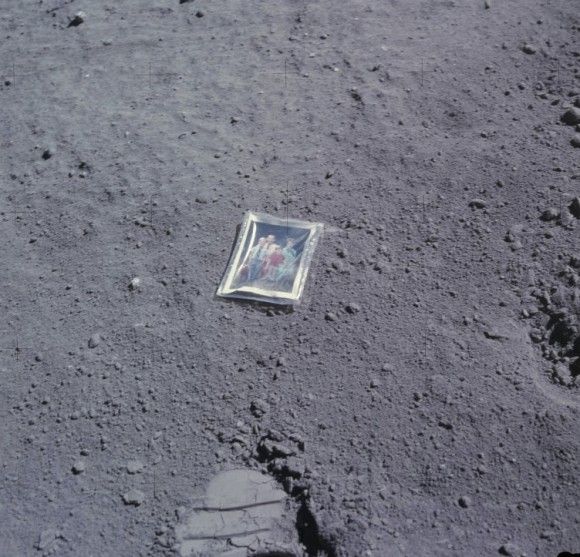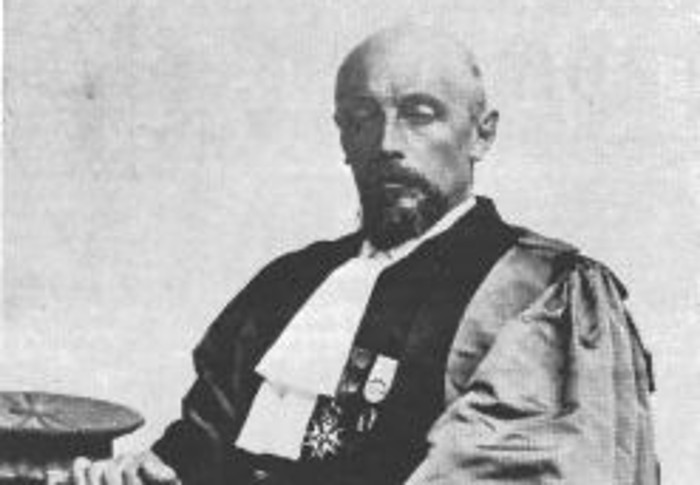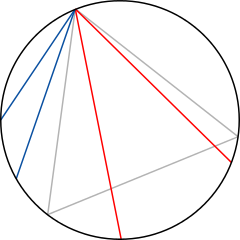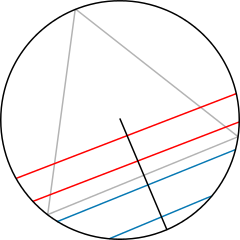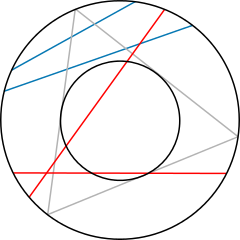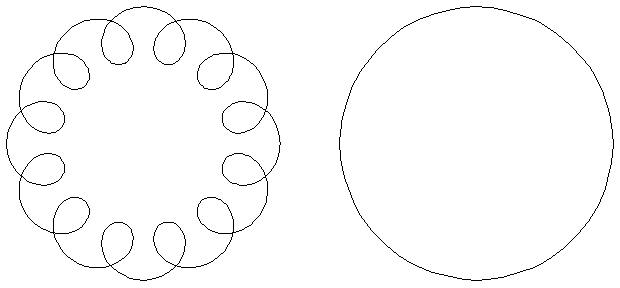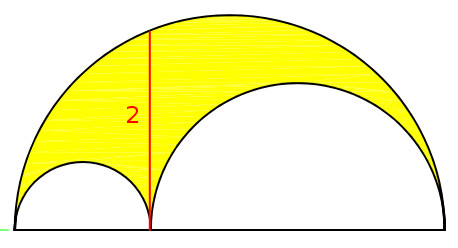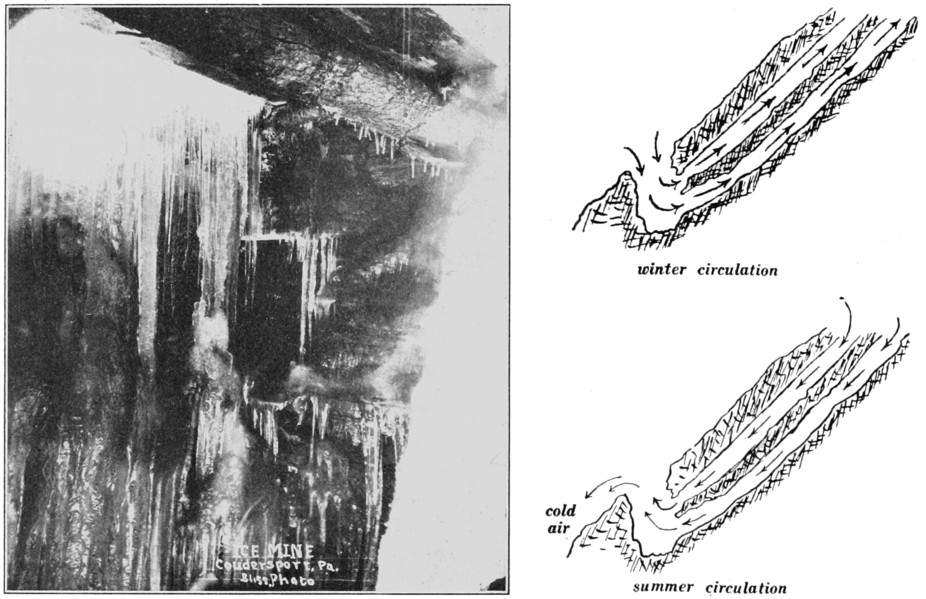
The Coudersport Ice Mine is a cave near Sweden Township, Pa., that bears icicles in spring and summer but not in winter. A shaft about 12 feet long is located at the base of a steep hill. In winter, when the shaft is relatively dry, it fills with cold air. In the spring, snow begins to melt, and water accumulates at the bottom of the shaft. At the same time, cold air descends through rock crevices from higher in the hill, which focus it on this spot and freeze the water. By September this fund of cold air has been depleted, the ice melts, and the shaft is dry again when cold weather arrives.
“The general skepticism regarding the existence of this phenomenon has been illustrated many times of late and has furnished the people of Coudersport with an endless source of amusement,” noted the Popular Science Monthly in 1913.
In 1911 a Detroit man offered to bet anyone $100 or more that the story was true. “A millionaire ice manufacturer took the bet and eight other business men of Detroit followed suit. Two newspaper men were selected as stake-holders to decide the bets. They visited the mine and, of course, verified the newspaper story, much to the disgust of the nine losers.”

